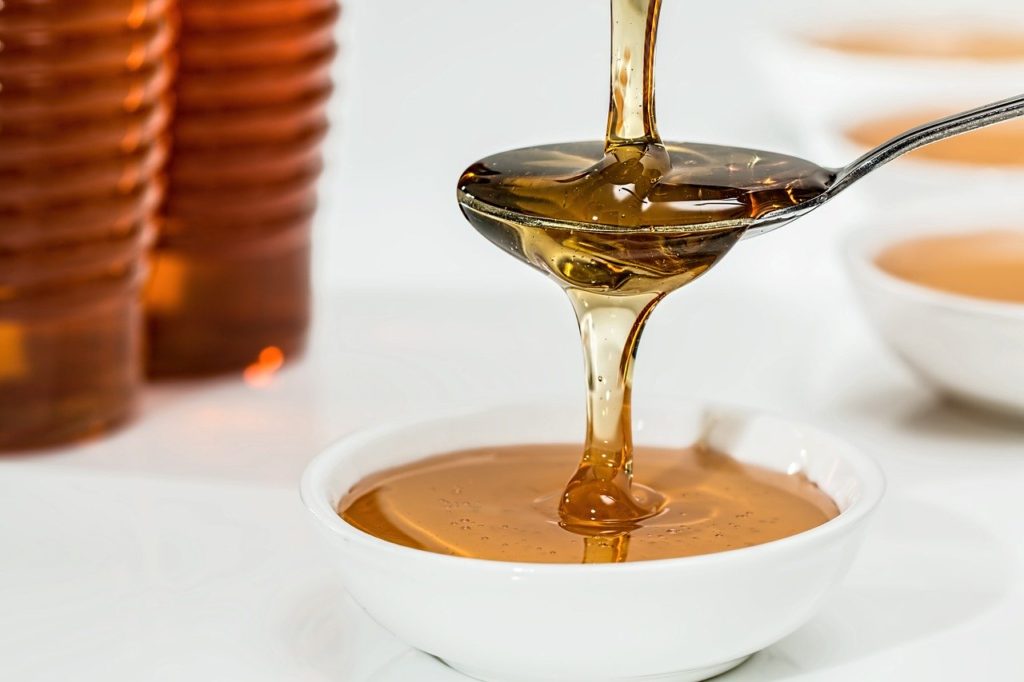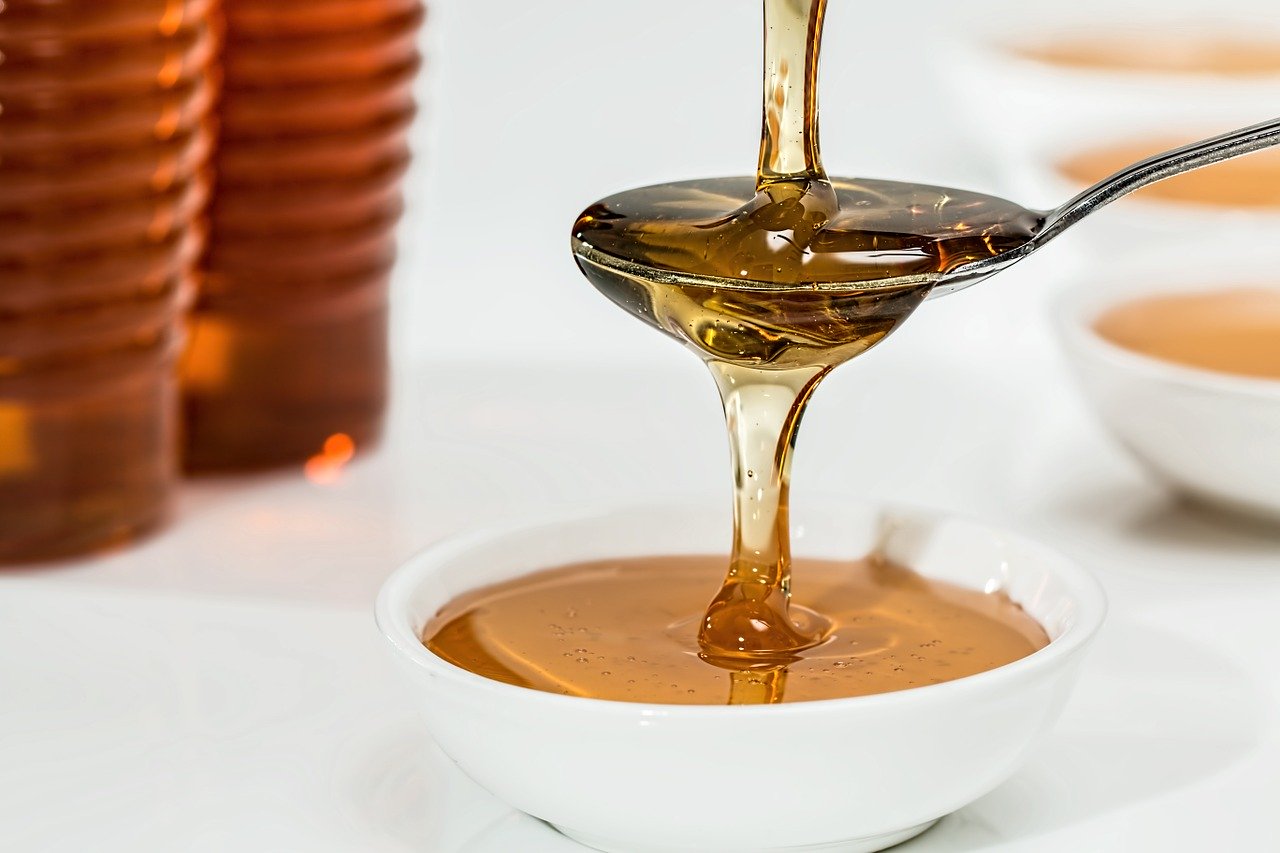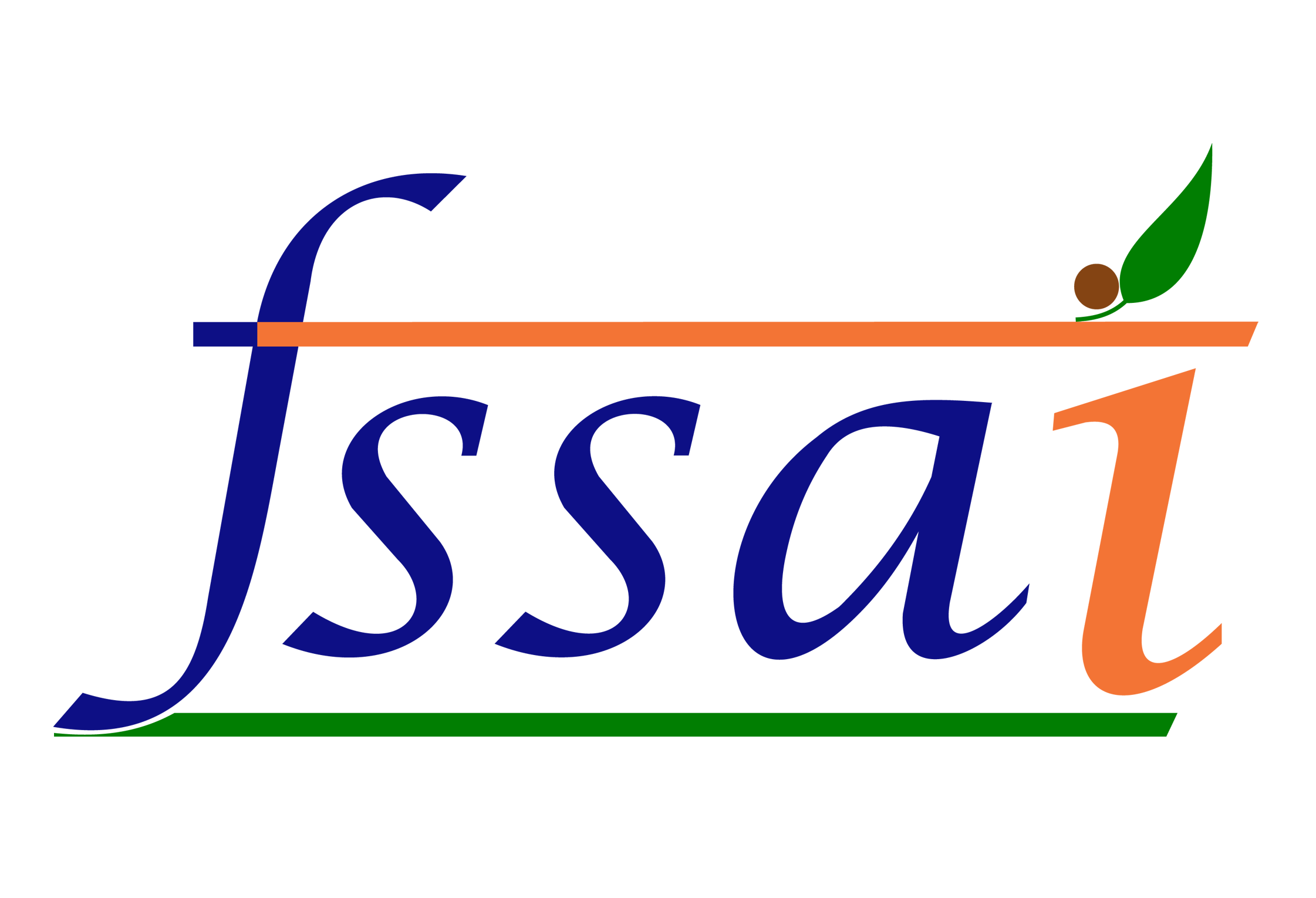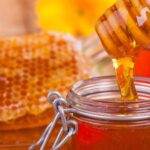Honey! It is the miraculous pure natural sweetener available that is packed with immense benefits. It has always been a famous delicacy across the globe. In India, it is also widely used as part of Ayurveda medicine. It is mainly composed of sugars, but also contains proteins, amino acids, vitamins, minerals etc. With the growing world population and their increasing awareness of the health benefits and preference towards natural foods, the global consumption of honey has steadily increased over the past decades. Among the exporters are the eastern countries including India that showed significant increase of honey export. India has seen a spurt in the domestic demand as well.
As per studies done, honey is the third most adulterated food item in the world. The high prices of honey have only increased the temptations of honey adulterators in recent years. Of late, there have been several doubts over the purity of natural honey brands in the Indian market. There is also widespread speculation that the honey rejected by EU, USA and other foreign markets for quality reasons is sold in the domestic market. Honey may be adulterated by
- Intentionally diluting with rice, corn syrups, to increase the volume of the honey
- Through residual chemicals, antibiotics, pesticides used for improving the yield of honey
- Harvesting uncapped/immature honey
- Using chemical process to remove residues and to lighten it
- Feeding hives with industrial sugars
Food Safety & Standards Authority of India in a gazette notification dated 31st July 2018 defined the 18 parameters that have to met by the product. As per the specifications SMR ( Specific Marker for Rice Syrup) and TMR (Trace Marker for Rice Syrup) were expected to be negative and the maximum % of oligosaccharides permitted was 0.1%. However, the industry representation made to FSSAI resulted in the notification dated 29th October 2019 where all the three requirements were removed and the pollen count requirement was also reduced from 25000 /g to 5000/g, thus highly diluting the regulation.
However, the 5th June notification has brought back the SMR requirement. FSSAI has also specified LC/MS (Liquid Chromatography – Mass Spectrometry) as the testing methodology for this. Details of the same can be found here. This should help reduce the adulteration from syrups from the C3 plants, mainly rice. Hopefully the other parameters will also be re-instated in the future.
As a manufacturer, packager and reseller of honey, you will have to now be compliant with this regulation as the same was operationalized in October 2019. Meanwhile for the consumers, here are a few quick tests that can detect adulteration in honey.
Test 1:
- Take a transparent glass of water
- Add a drop of honey to the water
- Pure honey will not disperse, however, if it disperses in water, it tells the presence of added sugar
Test 2:
- · Dip cotton in honey and light it up with a matchstick
- · If the honey is pure, it will burn.
- Adulterated honey will produce a cracking sound due to the presence of water in it
For a complete list of tests that you can do at home to detect common adulterants, you can watch the video on our YouTube channel.








